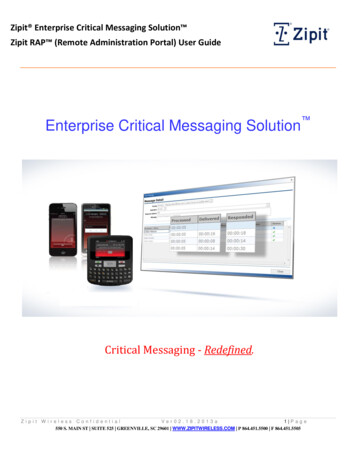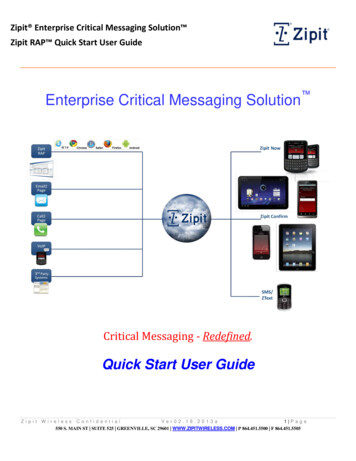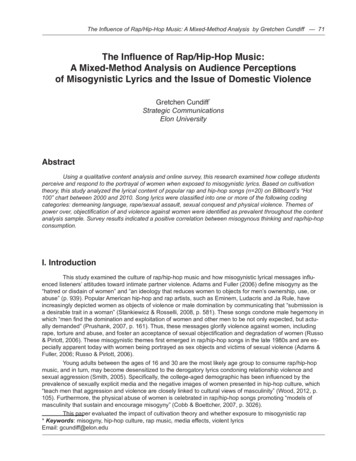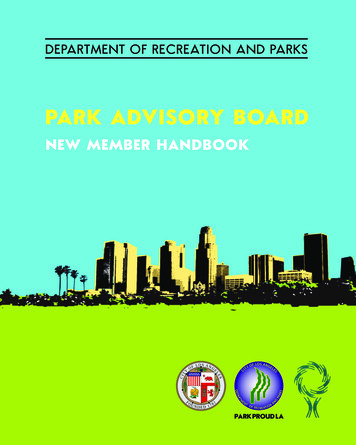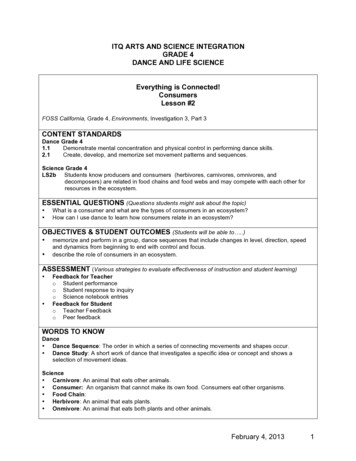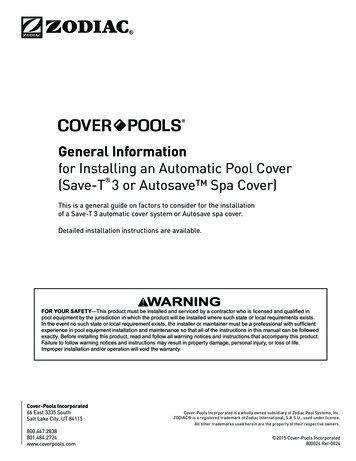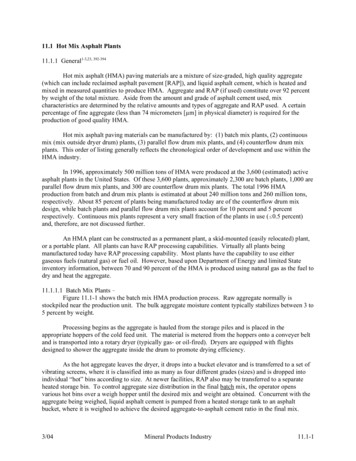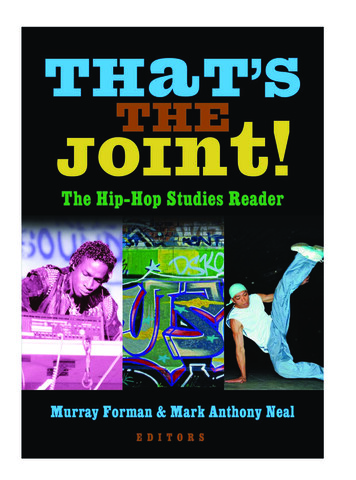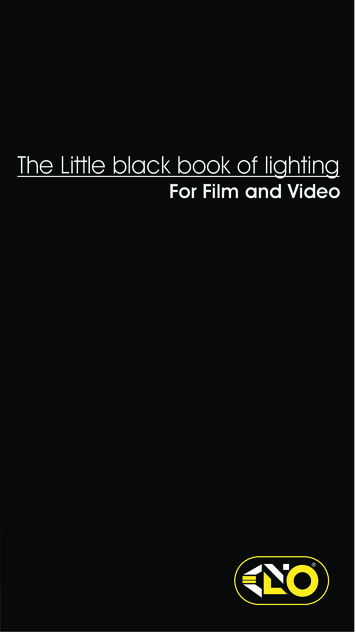
Transcription
und coverThe Little black book of lightingFor Film and Video
Index to Kino Flo Lighting HandbookIntroduction to Lighting with Kino Flos . . . . . 2Kino Flo Products . . . . . . . . . . . . . . . . . . . . 4Lighting Interviews . . . . . . . . . . . . . . . . . . . . 6Broadcast Studio Lighting . . . . . . . . . . . . . . . 10Chromakey and Visual Effects Lighting . . . 16Tabletop Lighting . . . . . . . . . . . . . . . . . . . . . 211
Introduction to Lighting with Kino FlosThere are two kinds of light in this world: The hardkind and the soft kind. We like our light soft. And cool.All soft light all the time. What’s not to like? Kinos areeasy on the eyes, flattering on the talent, low onpower needs, and high on versatility and portability.Lighting techniques for Kino Flos are pretty much likethey are for soft light from sunlight bounced off awhite card or tungsten light through a softbox . . .except ours comes with this “little black book oflighting” to help you out.Lighting TipsKino Flo light fixtures offer a lightweight, low energy,cool alternative to conventional hot lights such asincandescent par lights. The goal usually is to light ascene for film or video that looks like what we see inthe real world. Light quality can be characterized byhow “hard” or “soft” the shadow is.The light you get from one instrument may be hard,and cast dense shadows such you might see whendirect sunlight casts the shadow of a tree on theground. A softer shadow might be made by sunlightdiffused through some clouds. Fixture placement isthe first step to producing a softer style of lighting withKino Flos. Where you place the light is importantbecause the closer the Kino Flo is to the subject, thesofter the effect of the light. The same Kino Flomoved farther away from the subject will make theshadows sharper.Lighting choices differ from job to job, and from scene2
to scene, but the fundamentals stay the samewhether you’re lighting a two-person interview in aboardroom or giant monkey on a Hollywoodsoundstage. Following are three basics for lighting:Key lighting The main light source for a shot is calledthe key light. Bringing the Kino Flo in as close aspossible produces a diffused, even wrap ofillumination. Hard lights, such as from a fresnelsource, will produce hard shadows. Either may bepreferable depending on the final look you want.Fill lighting Filling in the shadow side of the key lightwith a smaller Kino Flo is common. When turned in avertical position, a Kino Flo fill will cast a slightlyharder beam than the key source, which often isdesirable.Separation lighting Also known as a “hair light”, theseparation light keeps the subject from blending intothe background. Usually, it is positioned above andbehind the subject.3
Diva-Lite FixturesFor location and studio.Compact, dimming,switching Diva-Litesused for EFP, especiallyfor lighting interviews.4Bank SystemsFor location and studio.4ft and 2ft 4Banks areversatile production units:key, fill, chromakey, andset practical lighting.Foto-Flo SystemFor location and studio.The 4-tube softlight has aremovable ballast. It isused for key, fill andchromakey. Prefered forfashion and portraitphotography.Kamio Ring LightsA camera-mountedlight, the dimmingKamio runs on12VDC, for close upsand news fieldreporting.4
ParaBeams DMXFor studio lighting. Bright,broad beam spread for TVbroadcast sets, film/videoproduction stages. Alsoused on film, photo, videostages as key, fill sources.Image 85 DMXFor studio lighting. Usedfor key, fill, chromakeyand bluescreen visualeffects lighting.Image 45 DMXFor studio lighting. Usedfor key, fill, chromakeyand bluescreen visualeffects lighting.True Match T12 LampsFull spectrum high outputdaylight and tungsten.Used in 4Banks, Foto-Flosand Image fixtures.True Match CompactsFull spectrum high outputdaylight and tungsten.Used in Diva-Lite andParaBeam fixtures.5
Lighting InterviewsOn location and in the StudioProfessional video productions most often chooseKino Flo’s Diva-Lite and 4Bank fixtures for lightinginterview sets on location and in the studio. Why?Because these versatile, cool sources produce anaward-winning quality of soft light with very littlepower or set up time. Diva-Lite and 4Bank kits useboth daylight and tungsten quality lamps (CRI 95),and come with barn doors, focusing louvers, centermounts, flicker-free electronic ballasts, and other lightcontrol features.Diva-Lites vs 4Bank SystemsDiva-Lites are compact, portable and have built-indimming/switching ballasts, which makes them idealfor location video shooting. A Diva-Lite 400 (fourlamp) delivers the same amount of light as a 1,000Watt incandescent softlight, using only two amps ofpower. It is most often employed as a key light, aboutthree to eight feet from the subject. A kit includes thefixture plus a diffuser called a Flozier to further softenthe light. The smaller two-lamp Diva-Lite 200 is mostoften used as a fill source.The 4Bank is a large four lamp fixture that delivers asofter, wider spread of light than the Diva-Lite.Although longer than a Diva-Lite, it is more versatile.For example, the 4Bank ballast is separate from thefixture, making the fixture very lightweight and easy tohandle. It can even be taped to a ceiling. Its specialdesign allows lamps to operate outside the fixture foruse in very tight locations. In addition, a new style of4Bank, the Foto-Flo 400, has a ballast that can attachto the fixture like a Diva-Lite or be used remote fromthe fixture like a 4Bank ballast.6
White Bounce CardInterior Interview4ft 4Bank7Bill Holshevnikoff
Bill HolshevnikoffInterior InterviewDiva-Lite 400300W FresnelDiva-Lite 4008
Bill HolshevnikoffPortrait Style LightingDiva-Lite 200Black CurtainDiva-Lite 200Diva-Lite 4009
Broadcast Studio LightingLighting designers looking for alternatives toconventional hot lights often design TV news sets withKino Flo’s True Match Studio Lighting. True Matchsystems combine award-winning fixture designs withKino Flo lamps tuned to the spectral sensitivity curvesof HD and digital studio cameras. No matter the sizeof the studio, Kino Flos display rich, balanced colorquality while cutting back power costs ten-fold.Key lighting a four-person news desk, for example,takes between three to six Kino Flo fixturesdepending on the height at which the fixtures arehung, and the distance from the subjects. For side fillsources, only two Kino Flos are needed. Forseparation lights behind the subjects, expect to usethree to six just like the number used for key lighting.The size and spacing of key, fill and separation lightswill vary from studio to studio depending on the setdesign.Choosing Lights for the StudioSmaller studios with eight feet to 12 feet overhead arebest lighted with Kino Flo ParaBeam and ParaZipfixtures, low profile designs that can light a subject 15feet away. ParaBeam and ParaZip 200s (fixturesusing just two lamps) are the best when lighting tightspaces with ceilings from eight to nine feet high.Often, you are only lighting one or two people at atime on a set this small.For mid-size studios with ceilings at 10 feet to 14 feet,ParaBeam and ParaZip 400s, Image 45s and 85s cando the job very efficiently in various combinations askey, fill and separation lights.10
Large area lighting for larger news sets or for lightingstudio audiences generally falls to the largerParaBeams and VistaBeams (not shown in thishandbook).All studios lighted with the Kino Flo True Matchsystem often combine Kino Flo softlights with small,energy efficient tungsten focused sources to add apleasing balance of color, depth and contrast to theimage. Lamp life is rated at more than 10,000 hours,resulting in lamp replacement savings compared totungsten lamps that last 300 hours. Energy savingsinclude reduced power consumption and lower airconditioning costs. For example, a ParaBeam 400produces the same amount of light as a 2,000 Wattincandescent softlight using 1/10th less power andheat.11
Ken SeagrenStudio: Parabeam and Image FixturesImage 45Image 20’sParaBeam 200’s15 inchDesk FlosParaBeam 400’s12575WElipsoidals
Steve GoraumAnchor Desk:Image FixturesImage 20’sImage 45’s650WFresnelsImage 85’s13
One Person News DeskDiva-Lite 400’s14
Anchor Desk: ParaBeamsParaBeam 200’sParaBeam 400s15
Chromakey and Visual EfffectsChromakey, Virtual Studio, Bluescreen, GreenscreenLighting for visual effects stages comes down to threerules that are the same for a small TV weatherchromakey set or a multi-story movie studiobluescreen stage.u Light the screen evenly from top to bottom, andfrom side to side.u Light the set to the proper saturation of color.u Keep the background color off the foregroundsubjects.Kino Flo Image 85 and 45 fixtures, as well as 4ft4Bank Systems produce the best visual effectslighting for any size set in film and video production.To achieve the three rules of visual effects lighting, theKino Flos need to be mounted facing the set wall at adistance roughly half the set wall’s height. Forexample, if a chromakey wall is 12 feet high, a row ofKino Flos generally is placed six feet in front of thewall. The same technique is true for film sets.The spacing between each Kino Flo in a row varies,but usually the fixtures are about five to eight feetapart when measured from the center of one fixture tothe center of the next fixture.The number of fixtures in a row and the number ofrows used to light a visual effects set depends on howbright you want the reflected color (i.e.: more fixturesmeans a brighter blue or green wall).16
Visual Effects and True Match LampsFilm lighting generally needs Kino Flo Visual Effectsblue or green spiked lamps to achieve the best colorsaturation. When lighting for film, it’s best to build astage away from the visual effects bluescreen orgreenscreen wall to avoid color spilling onto theforeground.Video lighting is better with Kino Flo True Match 3200K or 5500K lamps. It is more practical to light anycolored walls (and floor) evenly as described abovewith the True Match tungsten or daylight qualitylamps. If the foreground is “poisoned” with blue orgreen light, then Kino Flo separation lights frombehind must be used to “wash” the color off thesubjects.17
Ultimatte Corp.Virtual StudioTop ViewParaBeam 4004ft 4BankImage 45’s On 5ft Centers18
Virtual setBluescreen StageSide ViewImage 85 FixturesOn 7ft CentersStage19
Image 85 cyc lights; 4Bank separation lights4ft 4BankImage 85s20
TabletopTabletop lighting uses many of the same instrumentsyou’d expect to find on a larger scale set. Kino FloDiva-Lites, Foto-Flos and 4Banks are best for largesoft keys. You can “paint” in specular hightlights withsmaller Kino Flos such as Double and Single fixtures.Because Kino Flos are cool compared toconventional lighting sources, they can be left on forhours at a time without heating up the items on thetable or the camera operator. Correct colortemperature and color rendering True Match lampsensure that the colors you see through the lens arewhat you capture on video or film.Art reproduction studios and museums oftenphotograph priceless art works and historical objectsusing Kino Flo True Match daylight lamps becausethe tubes display true daylight color without anyharmful ultra violet (UV) rays that might damage thevaluable subjects.21
Bill HolshevnikoffTable Top: Dark ObjectBlack Curtain2ft Double15 inch SingleWhiteBounce Card22
Bill HolshevnikoffTable Top: Mixed ObjectsBlack Curtain300WFresnelWhiteBounce Card2ft 4Bank23
Kino Flo, Inc.2840 North Hollywood WayBurbank, CA 91505Tel: 818 767 6528Fax: 818 767 7517www.kinoflo.com
Film lighting generally needs Kino Flo Visual Effects blue or green spiked lamps to achieve the best color saturation. When lighting for film, it’s best to build a stage away from the visual effects bluescreen or greenscreen wall to avoid color spilling onto the foreground. Video lighting is better with Kino Flo True Match 3200K or 5500K lamps.

